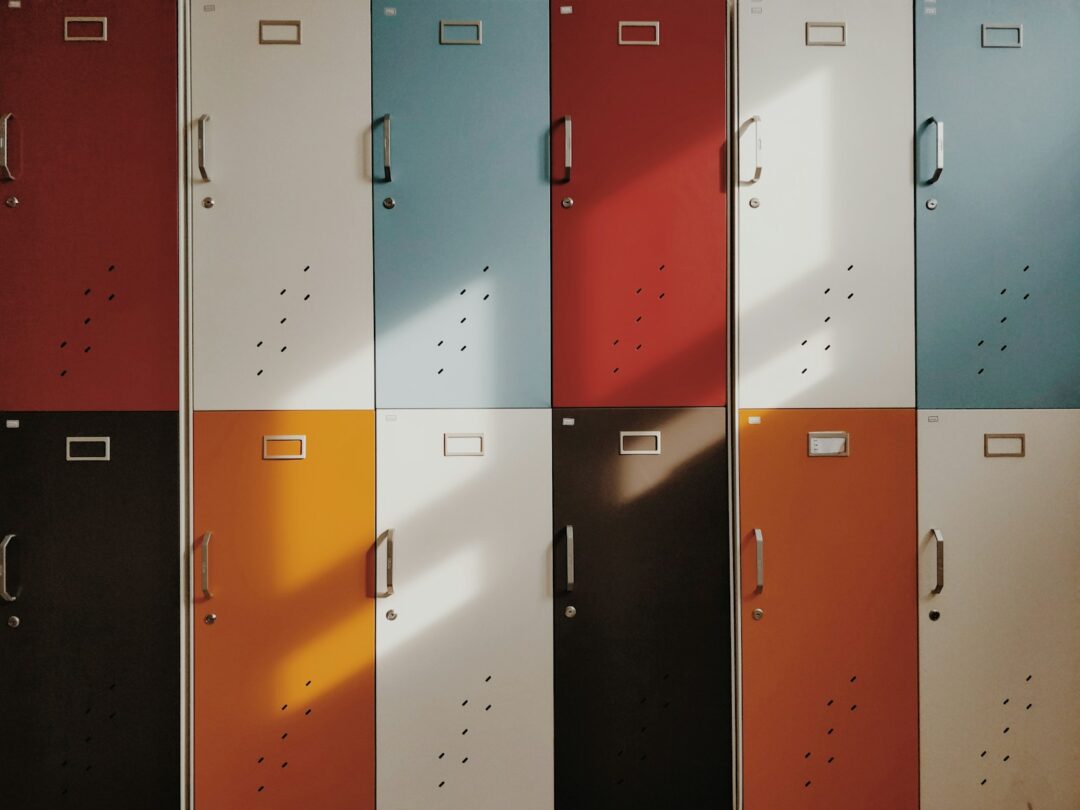
The latest data show youth marijuana consumption
The government has published data on the use of youth scannabis – and the numbers are not surprising
One of the concerns about the legalization of marijuana is the use of the age of 21. The latest data show that the use of youth marijuana. Although access goes out, use does not increase in young people. According to the administration of drug abuse and mental health services (SAMHSA), the marijuana consumption last year at the age of 12 to 20 years in 2024 decreased to 16.7 percent.
Relatives: advice who is a great supporter of legalizing marijuana
This finding corresponds to the fear that legalization would automatically trigger an increase in the use of young people. In fact, the report reveals a decline of 17.9 percent in 2021 and 19.2 percent in 2022, which, despite the broader access to adults, signals a downward trend in youth consumption. It has long been a topic of conversation in opposite legalization that will increase youth use, but the Federal Government's consistently shows a decline in use.
Data from the centers for the control and prevention of diseases (CDC) reinforce this trend. Her survey on youth risk behavior shows that the marijuana consumption of the past few months has decreased by students from 23 percent in 2013 to 17 percent in 2023, since alcohol consumption also decreased. Another CDC report that focuses on the early legalization of states – Colorado, Oregon and Washington – does not increase the use of young people after legalization.
These state sources underline legalization when they are paired with formation and regulation does not necessarily mean increased youth consumption. For further reference, the national survey of Samhsa to drug use and health (NSDUH) – which these results delivered – is available from samhsa.gov. In addition, youth data from the YRBSS of the CDC (youth risk behavior monitoring system) offer more detailed knowledge.
-
Fully legalized (leisure + medically): 24 countries and the District of Columbia have legalized both medical and leisure marihuana.
-
Legalization only in a medical way: 40 states allow medical cannabis use, while only medical laws remain in force if leisure laws have not been adopted.
Relatives: Mixed news from the government about cannabis
In addition to substances such as heroin and LSD, marijuana remains a medication for Schedule I according to the law on controlled substances at the federal level. But change can be on the horizon. President Trump has confirmed that his administration of Marihuana – from Templan I to Appendix III – “looks” and expects to make a decision in the coming weeks.
This review follows an earlier process that was initiated after the Biden administration: In August 2023, the Ministry of Health and Human Services recommended that the resolution, and the DEA began with the regulation, including hearing – although the process is now pending until the symptoms are inserted.
A successful new classification could pave the way for more medical research, easier access to the banking business for cannabis companies and the tax benefits for the industry – without legalizing the federal level without marijuana.

Post a comment: